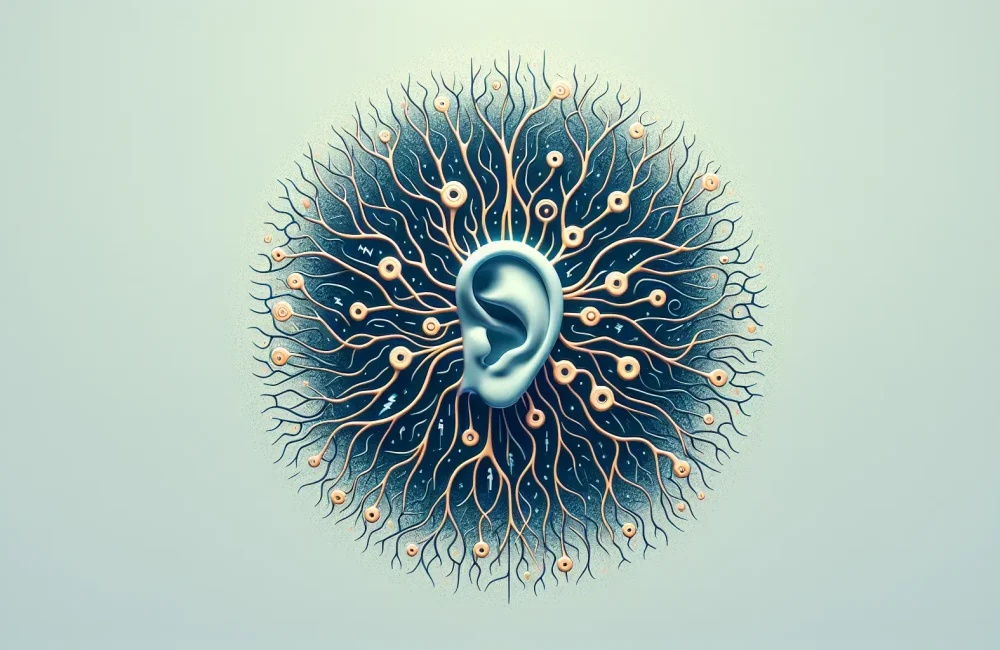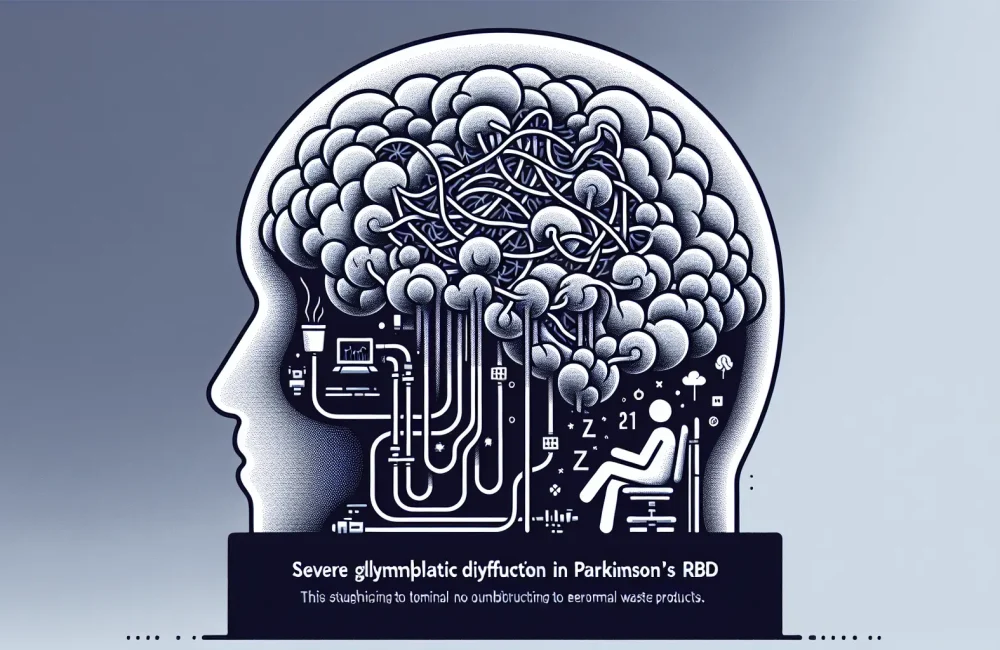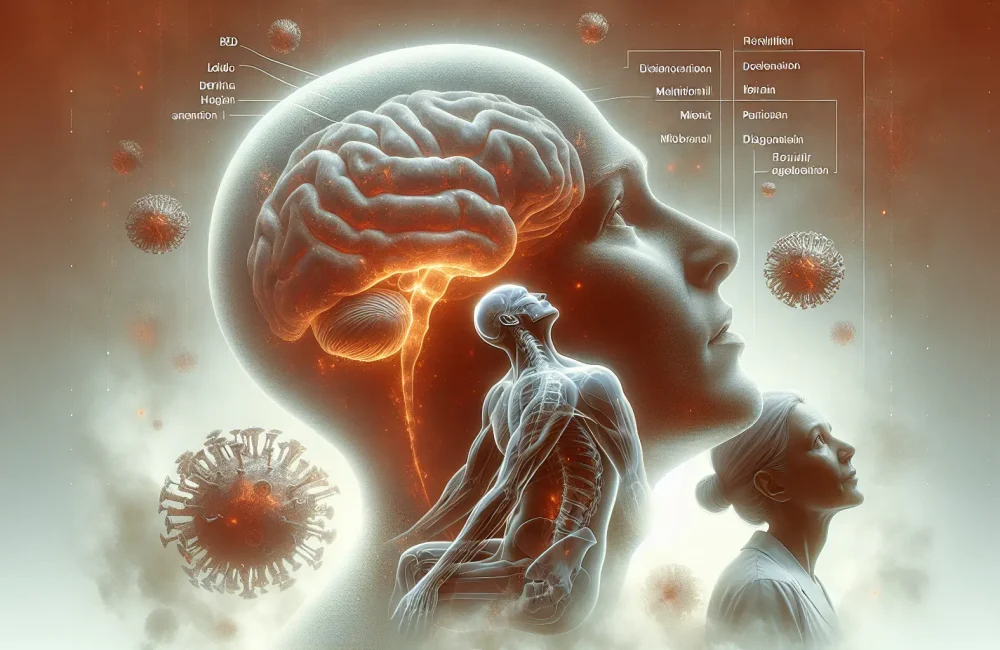By CAFMI AI From npj Parkinson’s Disease (Open Access)
Comprehensive Framework for Studying Hearing Loss in Parkinson’s Disease
This article outlines a novel and robust triangulation framework designed to investigate the complex relationship between hearing loss and Parkinson’s disease (PD), a progressive neurodegenerative disorder known primarily for its motor symptoms but also characterized by diverse non-motor manifestations. Hearing loss has recently been recognized as an important non-motor feature associated with PD, raising questions about its role in disease progression and early detection. The framework integrates multiple data sources and methodologies including clinical evaluations, audiometric testing, neuroimaging, and genetic analyses to create a multifaceted approach. This integration helps to overcome previous challenges in research such as inconsistent study designs, variable hearing loss assessments, and a lack of long-term data. By combining longitudinal cohort studies that monitor hearing changes over time with standardized audiological tests, it ensures comparability across populations and enhances the detection of auditory dysfunctions. Furthermore, incorporating population-level genetic studies allows researchers to explore shared genetic markers that may link auditory deficits and PD susceptibility. This comprehensive design aims to disentangle causal relationships and temporal patterns while controlling for confounding variables, ultimately yielding a clearer picture of how hearing loss fits into the broader PD clinical spectrum.
Key Findings and Their Clinical Importance in Parkinson’s Disease
Preliminary research within this framework highlights consistent evidence that patients with Parkinson’s disease experience higher rates of hearing impairment compared to control groups without PD. Notably, in some cases, auditory dysfunction appears even before the classical motor symptoms manifest, which suggests hearing loss could serve as an early biomarker. Neuroimaging studies underpin these findings by revealing structural and functional alterations within auditory pathways and cortical areas involved in sound processing. These changes potentially overlap with the neurodegenerative processes characteristic of PD, supporting a biological link between auditory system involvement and disease pathology. Genetic analyses complement this view by identifying overlapping gene loci associated with both auditory processing deficits and Parkinson’s disease risk, pointing towards shared molecular mechanisms. Clinically, these discoveries emphasize the need to include routine hearing assessments in neurological evaluations for PD patients. Early detection of auditory deficits can inform prognosis, enable more personalized management, and provide avenues for targeted interventions aimed at preserving communication and quality of life. Additionally, understanding hearing loss as part of the PD symptom complex may influence the differential diagnosis process and help clinicians to better recognize PD in its prodromal stages.
Research and Clinical Implications for Future Parkinson’s Disease Management
The triangulation framework not only defines current knowledge but lays out essential directions for future research and clinical care in Parkinson’s disease. It advocates for the development of multimodal biomarkers that combine audiological, neuroimaging, and genetic data to improve diagnostic precision and monitoring of disease progression. Intervention trials focused on hearing function could test therapeutic approaches to mitigate auditory decline and potentially slow broader neurodegenerative processes. The research agenda also highlights hearing loss as a promising candidate for early screening tools, which could facilitate earlier diagnosis of PD before the emergence of motor symptoms, ultimately improving patient outcomes through timely intervention. From a clinical workflow perspective, this research supports the integration of comprehensive auditory profiling into routine care pathways for PD patients at all stages. This includes audiograms, imaging when indicated, and genetic counseling when relevant to create personalized management plans. Moreover, raising awareness among clinicians about the sensory manifestations of PD will enhance holistic patient assessment, effective counseling on symptom management, and appropriate referral for audiological rehabilitation when necessary. Collectively, these steps represent a move towards more inclusive and multidisciplinary care models that consider the full spectrum of Parkinson’s disease manifestations, including sensory impairments like hearing loss.
Read The Original Publication Here






